People frequently seek permanent solutions for issues like facial volume deficiency caused by heredity, or aging. It’s normal to want something that will last, and won’t need to be maintained on a regular basis. It is critical to understand the potential side effects of semi-permanent and permanent fillers, as well as the higher risk of utilizing them in comparison to hyaluronic acid fillers which I commonly utilize in my practice.
In my practice, I provide comprehensive facial aging treatments such as facelift surgery, eyelid surgery, and facial implants, as well as specialist injectable filler placement techniques and the use of lasers and radiofrequency technology. My method is distinguished by a natural aesthetic flair. I choose procedures for my patients based on particular criteria such as safety, predictability, and minimal to no recovery time.
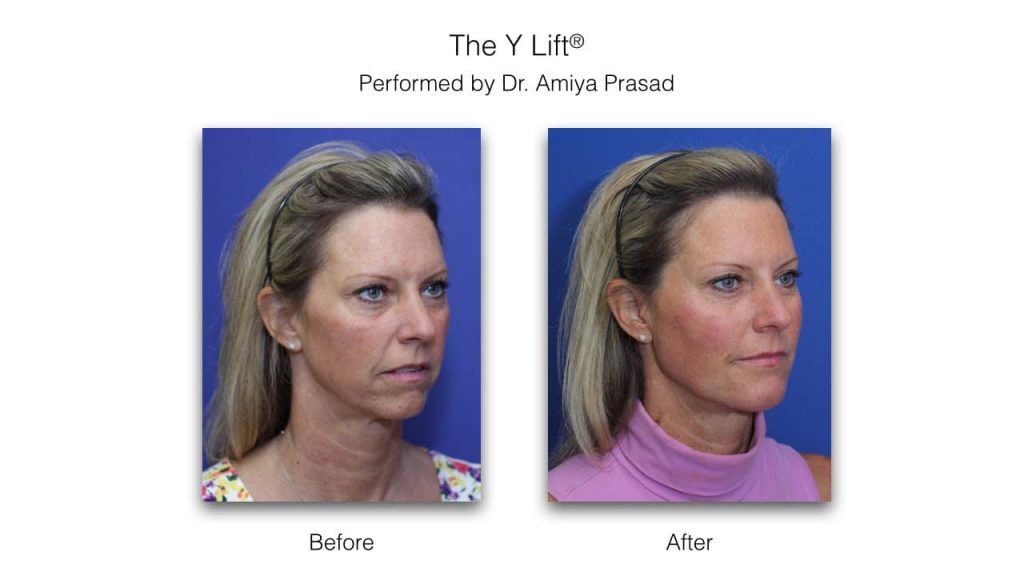
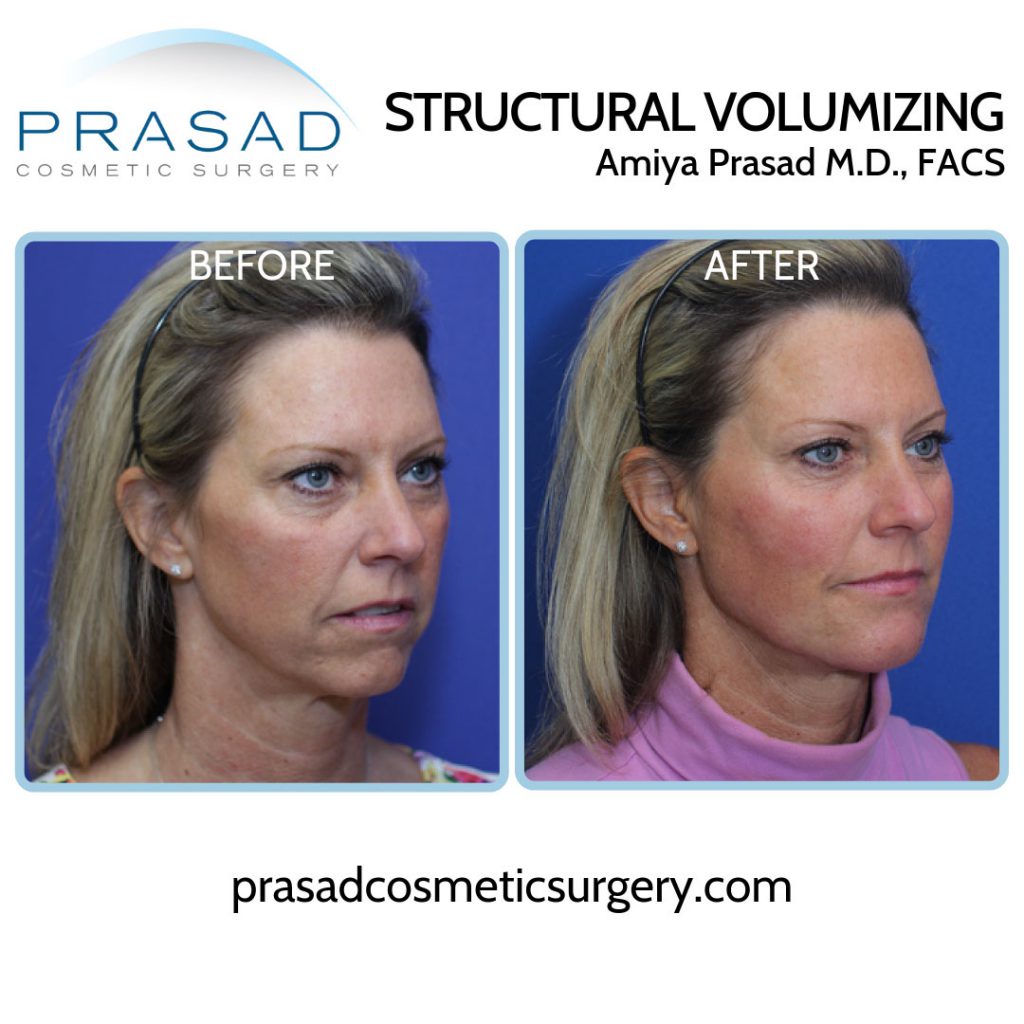
Possible Risks of Semi-Permanent and Permanent Fillers for Face
While facial implants can be surgically removed and replaced as the face changes, semi-permanent and permanent fillers are not in any way comparable in terms of ease of removal. If surgery is required to remove semi-permanent or permanent fillers, it’s typically not possible to remove all of the material. These materials can move into deeper areas and with so many fragments of material it becomes too risky to try to remove these fragments because of risks to nerves which can cause facial paralysis.
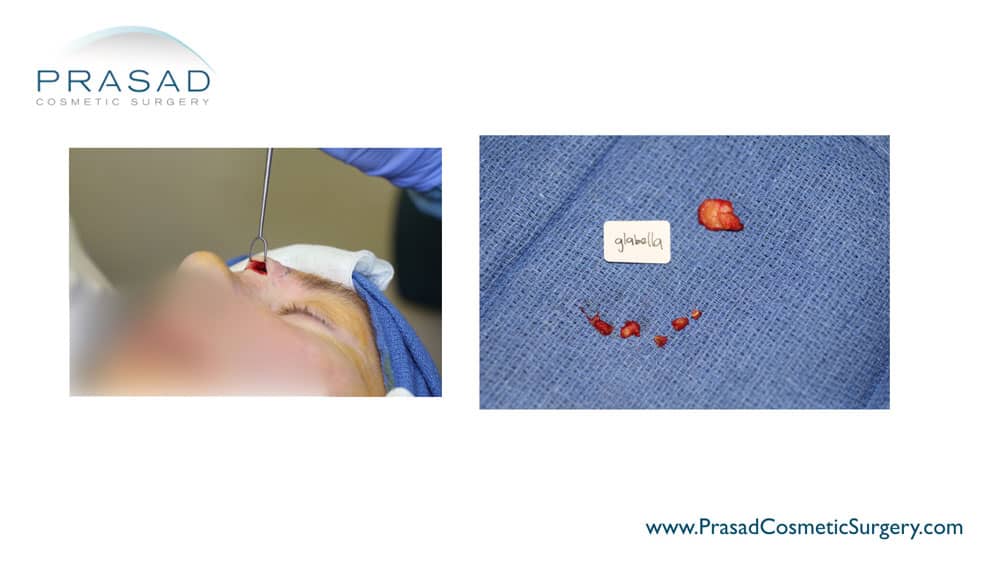
Semi-permanent and permanent fillers are meant to be resistant to any of the body’s normal metabolic processes, unlike hyaluronic acid which exists naturally in the body and is thus safely metabolized. It is possible for semi-permanent and permanent fillers to cause a foreign body reaction. As a result, disfiguring nodules may occur, necessitating surgical excision. This is typically associated with additional loss of normal skin and soft tissue.
Infections are a possibility with any filler treatment or implant. Bacteria from the skin surface can enter the skin when the filler is placed resulting in a type of infection called biofilm. When an implant becomes infected, the implant is usually always removed. In the case of a hyaluronic acid filler, the filler can be dissloved with an enzyme called hyaluronidase, which destroys the spot where the bacteria takes hold. Dissolving semi-permanent or permanent fillers is not a possibility, leaving surgical removal as the only choice. Unfortunately, when bacteria form a biofilm type of illness, recurrent infections can occur even after thorough surgery with maximum material clearance.
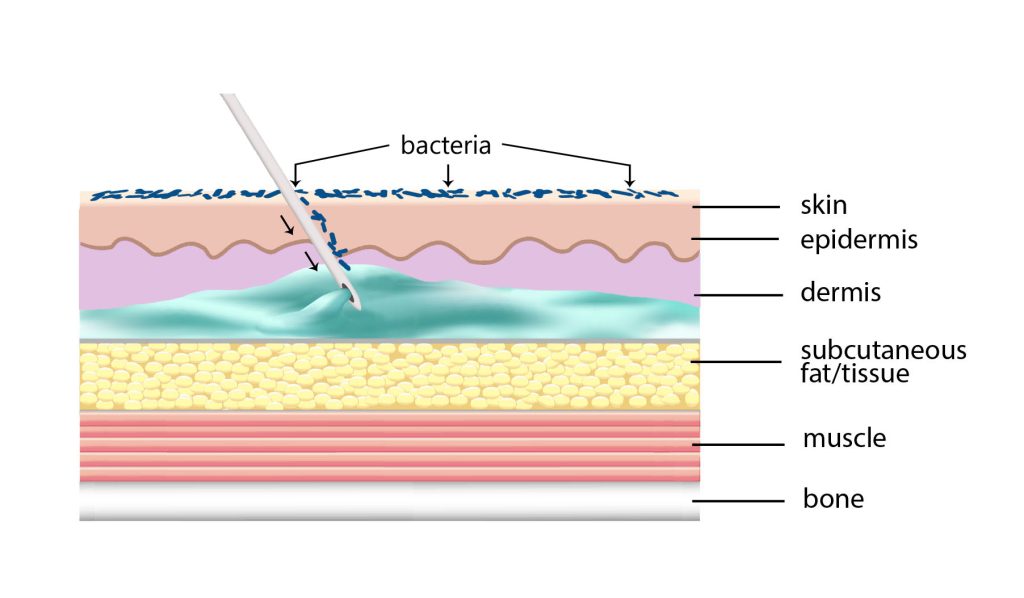
Safer Option for Volume Treatments
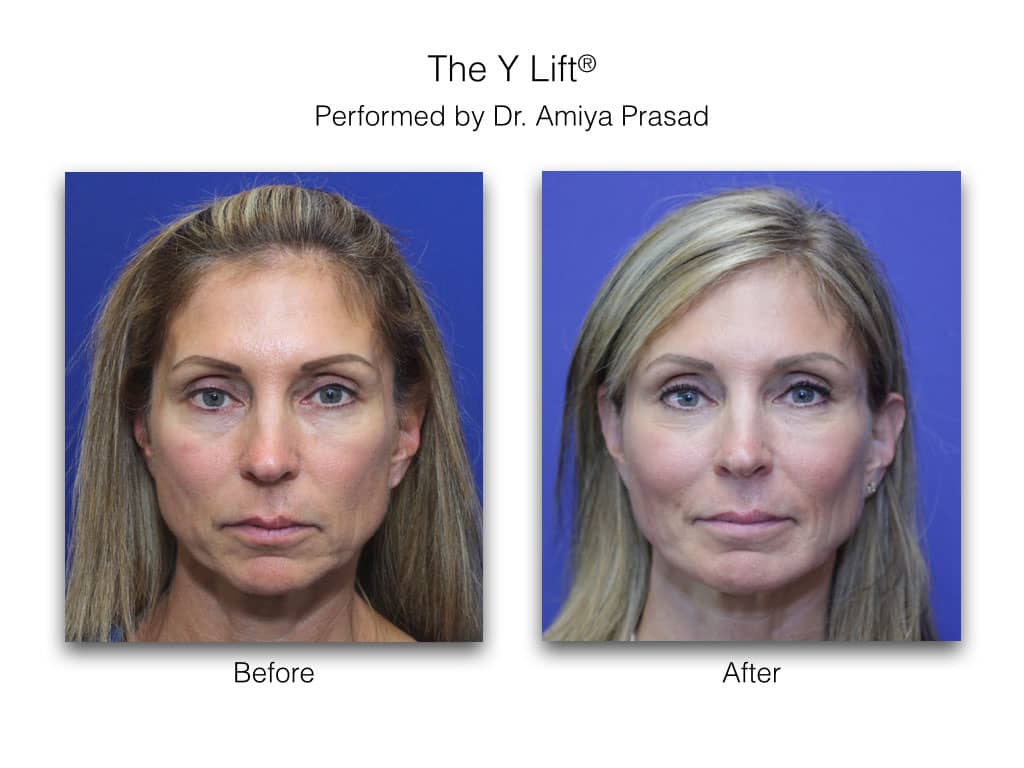
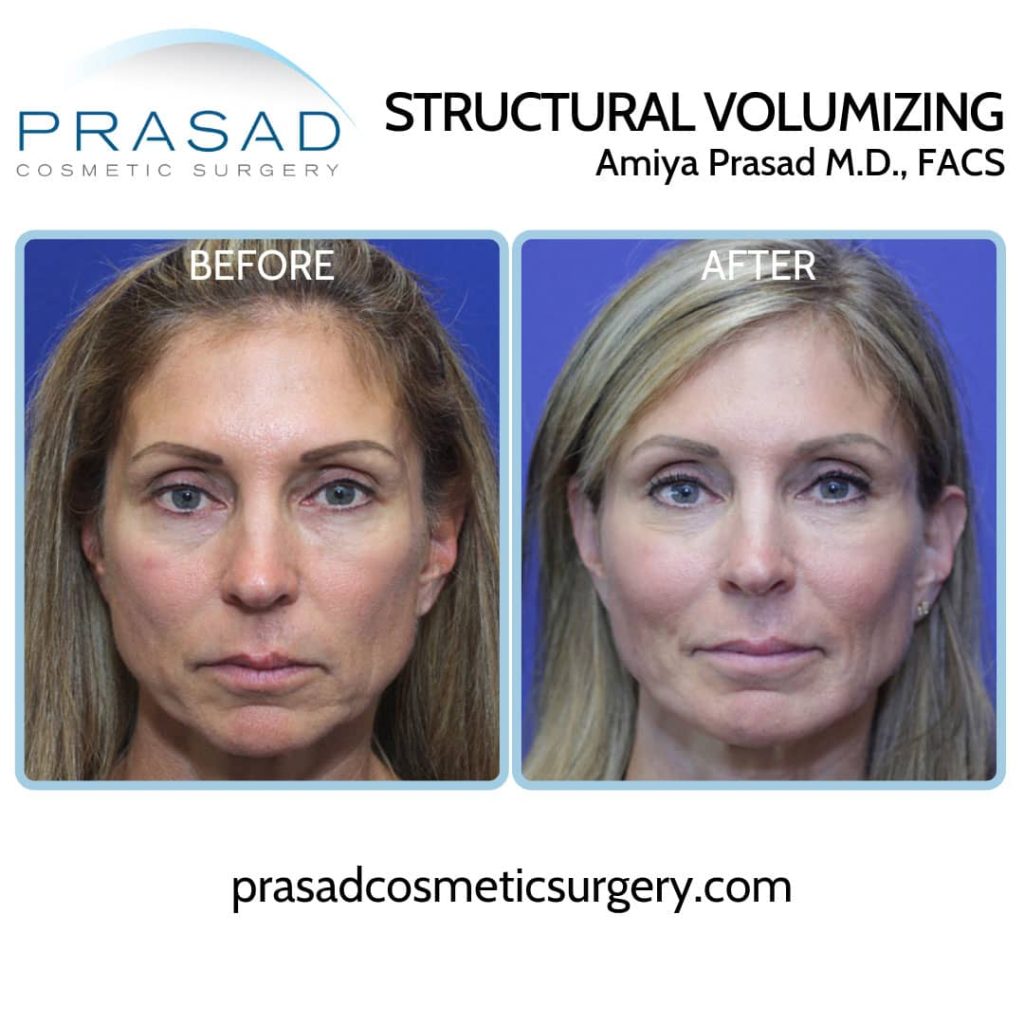
I use a method called Structural Volumizing to implant these fillers in the cheeks, which places the filler deeper at the bone level, under the muscle, so the fillers don’t spread and look soft and doughy. When compared to typical filler placement in the soft tissue layer of the cheeks, which can look puffy as the filler spreads out, this deeper placement provides the face a much more firm, defined, and contoured structure. I utilize softer fillers like Restylane-L, Restylane Silk, Juvederm, and Juvederm Volbella for the lips, and upper and lower eyelids.
For placement, I use specific techniques such as the use of blunt cannulas through limited entry holes for the lips. This makes the operation more comfortable, with less bruising and swelling. As an eyelid surgery specialist, I usually use cannulas and softer hyaluronic acid fillers to address areas like the tear trough and conceal minor puffiness under the eyes. These softer fillers can last anywhere from 6 months to a year. All of these fillers are safe to metabolize since they are made up of hyaluronic acid, a naturally occurring substance in the body.
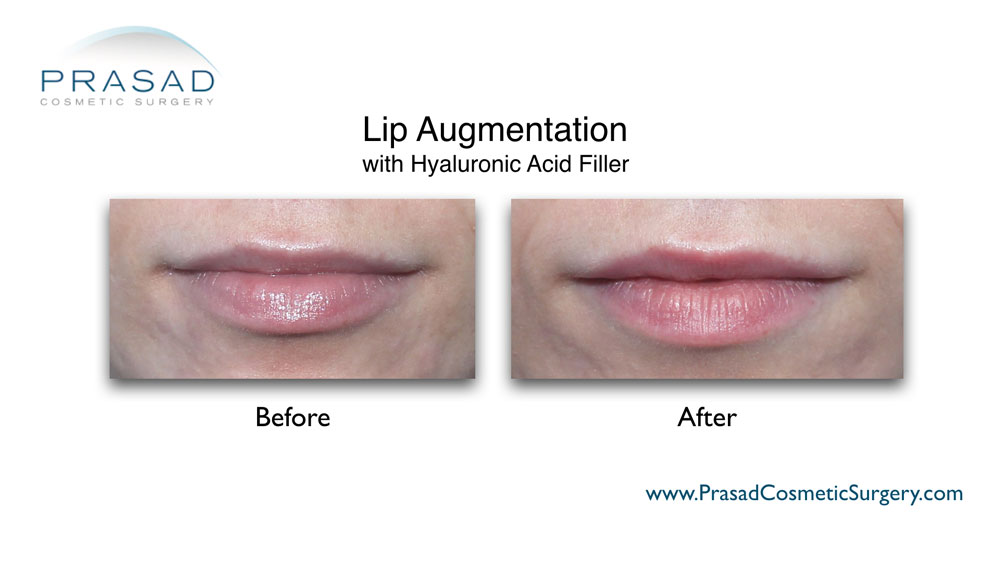
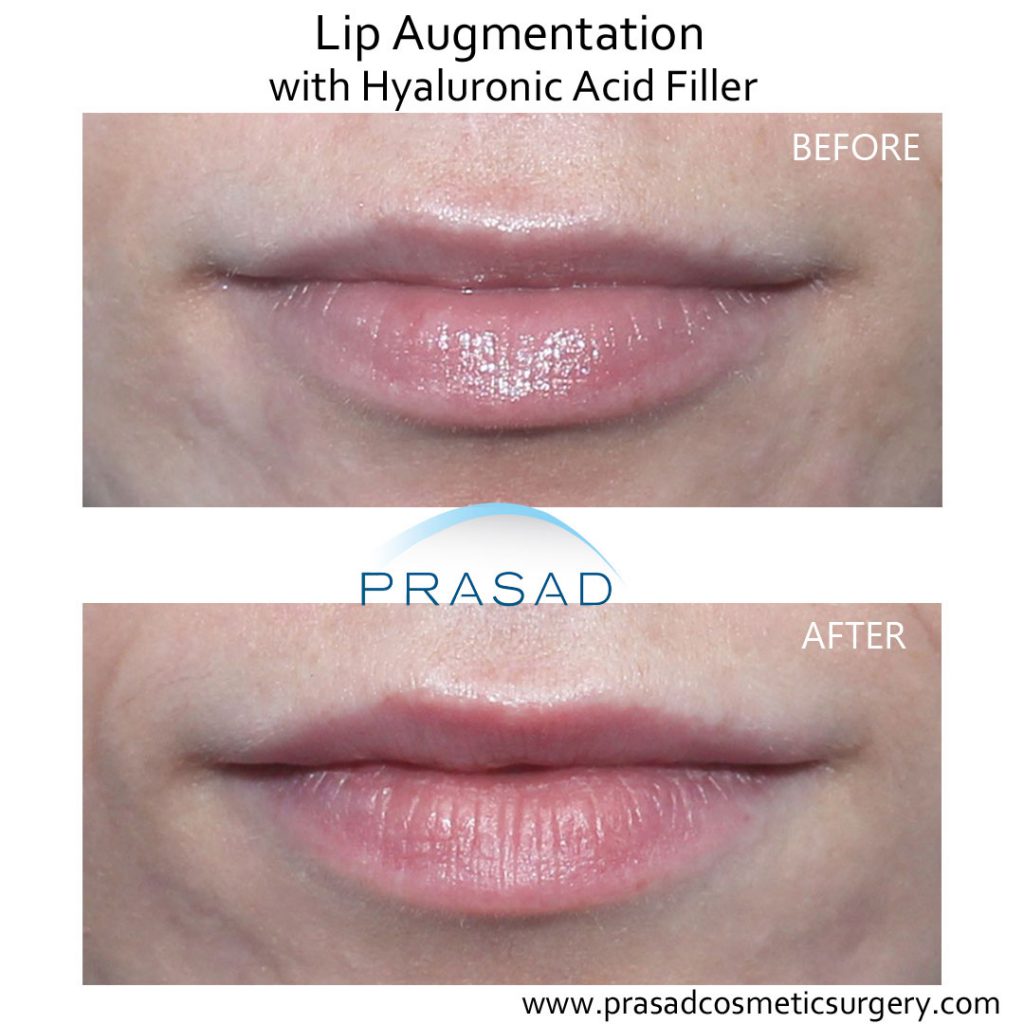
Other Filler Materials
There are other facial fillers that are not permanent but have some disadvantages, in my opinion. For example, Poly-l-lactic acid, which is used in Sculptra, is a material that triggers a metabolic response to create volume. I previously used Sculptra before the introduction of newer hyaluronic acid fillers. Each patient responded to poly-l-lactic acid differently, making outcomes less predictable.
Another material I used to use is Radiesse. Radiesse is made up of a material called calcium hydroxylapatite, which is similar to bone. The calcium hydroxylapatite is in the form of tiny spheres, which are suspended in a gel. The drawback to Radiesse is that the material is not reversible or removable. Despite having a substance similar to bone, the effects of Radiesse typically do not last as long as a thicker hyaluronic acid filler like Juvederm Voluma.
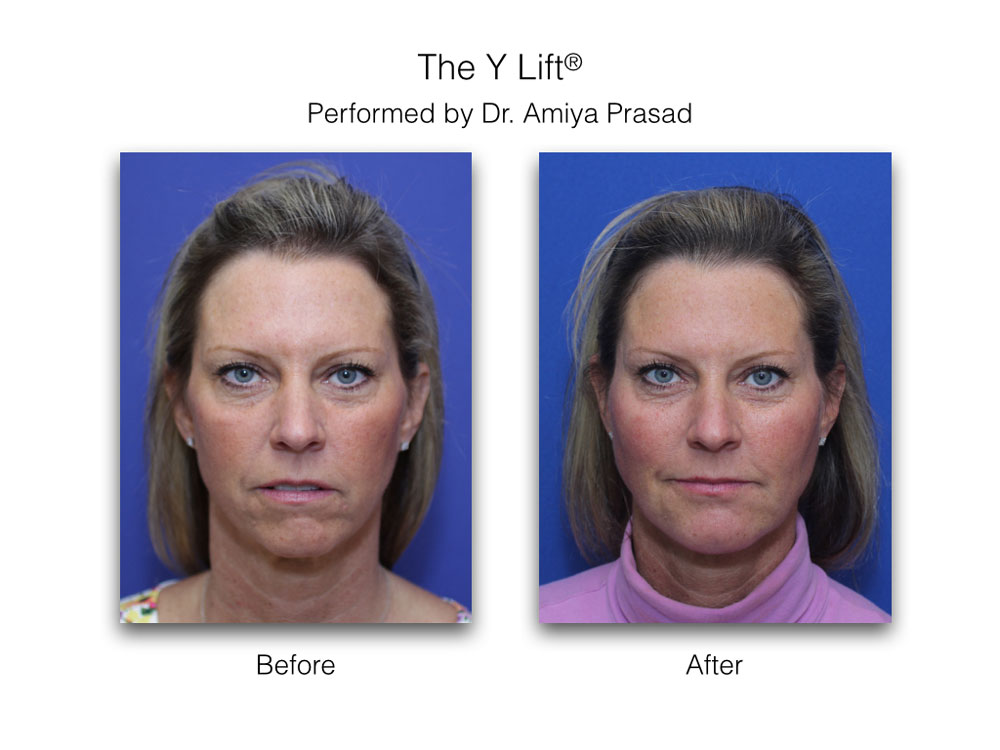
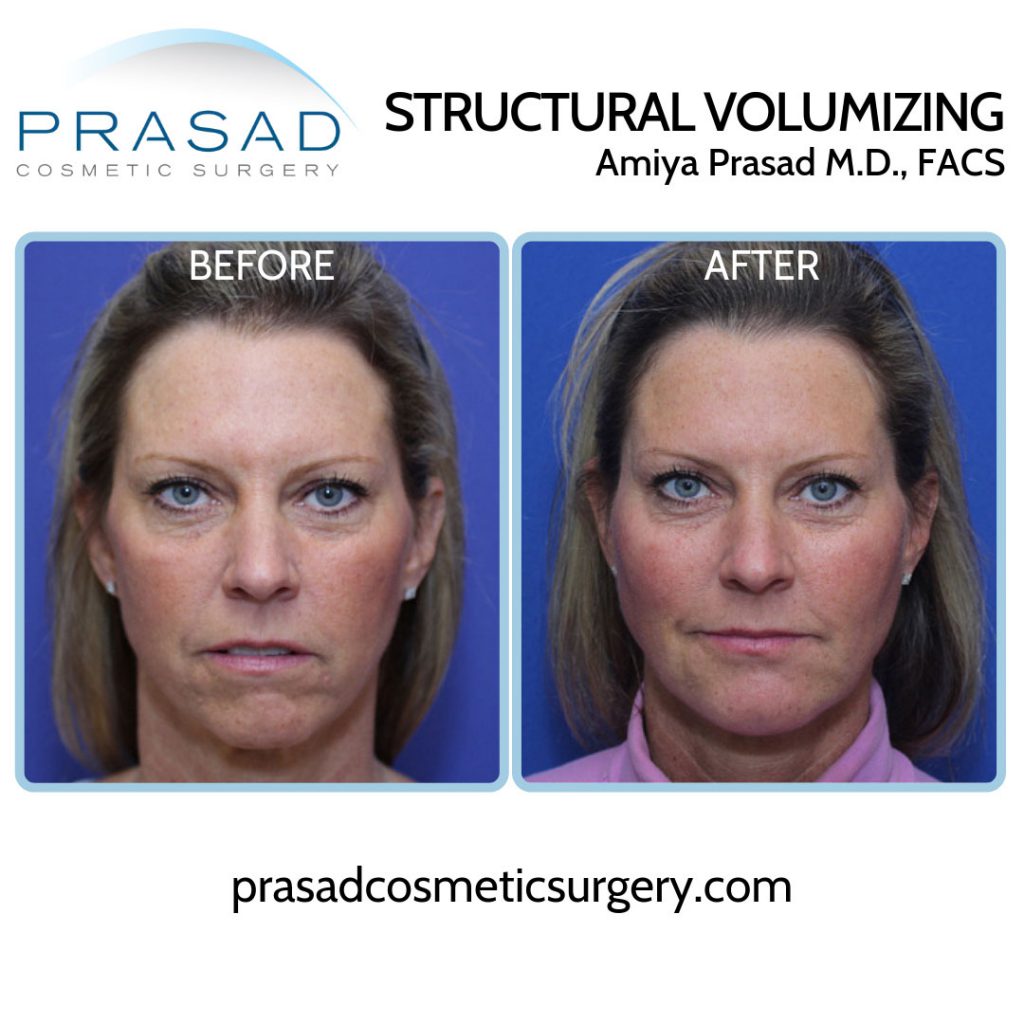
Facial Volume Loss Treatment, Manhattan NYC and Garden City, Long Island New York
Dr. Amiya Prasad is a Board-certified cosmetic surgeon and Fellowship-trained oculofacial plastic & reconstructive surgeon . He’s been in practice in New York City, and Long Island for over 25 years. To schedule a consultation, fill out the contact form below, or you may call any of our offices at (212) 265-8877 for Manhattan, New York City; (516) 742-4636 for Garden City, Long Island; or (703) 356-1336 for Vienna, Virginia.
